The thought or sheer mention of the word mold is enough to make a homeowner quiver, especially if it is their first house. Yes, it has its benefits in making anti-biotic, decomposition of organic matter, and whatnot. However, its presence in a home should be a reason to worry, more so if their growth goes undetected. That is because comprehensive remediation of the growth in any home may drain you financially, considering that it is not catered for by home insurance agencies. Additionally, exposure to spores is often linked to respiratory problems and allergies.
How Can You Tell Whether There Is Mold in Your Home?
Often, molds grow in warm and moist areas such as bathroom walls, sinks, and in the basement. By carefully observing these surfaces, you may note some grey or black growth. A sure indication that it is indeed mold is the musty odor it produces.
Nonetheless, by following these quick expert tips, you can be able to keep mold growth at bay.
Proper Ventilation
At times, the growth of molds may result from day to day activities of the house such as taking a shower, doing laundry, or even just cooking. A common characteristic of these household chores is that they produce steam, which increases air humidity. Therefore, it is essential to provide proper ventilation to improve air circulation in high moisture rooms such as the kitchen, bathroom, and laundry room.
In regions with naturally high atmospheric humidity or those with cold climatic conditions, reducing humidity through natural ventilation could be challenging. In this case, acquiring a dehumidifier may be beneficial. A dehumidifier is a device designed to remove excess moisture from the air and maintain healthy humidity levels within your home. Besides eliminating molds, other benefits you get from owning a dehumidifier include:
- Reduces dust at home.
- Helps air conditioners to run smoothly.
- Reduces musty odors resulting from mold growth.
- Improves overall air quality.
Closely Monitor Humidity Levels
The ideal humidity levels should range between 35% and 45%. However, during summer the relative humidity may increase to 55%, and in extreme cases, it may reach up to 70%. Considering that such moisture variations may be unnoticeable, having a humidity monitor can go a long way in knowing the actual humidity levels at any given time. It is essential to know the air moisture content since levels exceeding 75% can accelerate mold growth. If you are equipped with a humidity sensor, you are better placed at determining the relative humidity on time, and then you can use the dehumidifier to reduce the air moisture effectively.
Fix Plumbing Leaks
While you may tend to consider the occasional drips from the sink as harmless, it may have dire consequences, considering its long-term effects. That is because the damp surfaces where dripping occurs creates a conducive environment for mold growth. Therefore you need to be keen and swift to replace broken pipes and seal loose joints.
Dry Wet Areas, Especially the Bathroom
Many studies point to the fact that 48 hours is more than enough for mold to grow in damp areas. Therefore it is imperative that all the water spillages in your home should be dried immediately. An uncommon yet effective practice is wiping down walls after taking a shower. While bathing, water always spills to the walls and surface of the tub. While controlling this could be close to impossible, an effective way to prevent mold growth, in this case, is to sponge these surfaces each time you are done taking a shower.
Additionally, making the entire family aware of the initiative is important; since the practice will have to be observed each time a person leaves the shower.
Avoid Hanging Clothes Inside
In most homes, popping damp clothes in a heater is often considered to be a quick fix, especially in cold weather. Apart from that, most people will mindlessly bring the mini-clothing line inside before the clothes are completely dry. While you may be innocently doing this, such innocent practices are known to dramatically increase the moisture content in your house, which gradually transforms it into a mold breeding ground.
Another element that is often overlooked is hanging wet coats inside the house, especially during winter or when you get home following a heavy downpour. As these coats dry, there will be moisture build-up, which will condensate and form a breeding ground for the molds.
Remedy In Case Of a Mold Growth
As mentioned above, the most effective way of getting rid of mold growth is by installing dehumidifiers. Considering that there are many types of dehumidifiers from different manufacturers, each with its unique working mechanism, it may be necessary to get an expert opinion from a trusted manufacturer or dealer.
For general household, you can consider using Super Low Grain Refrigerant (SLGR). It is a new modification to the conventional condensation dehumidifier. It has a microchannel Condenser, which effectively increases its capacity and efficiency.
However, in cases where you need to regulate the moisture content in crawlspaces and basements, you may have to consider special types of dehumidifiers designed for that purpose. Some factors to consider while selecting basement dehumidifiers include whether it is made from a rust-proof material (durability) and whether it can filter air, to improve the overall air quality.







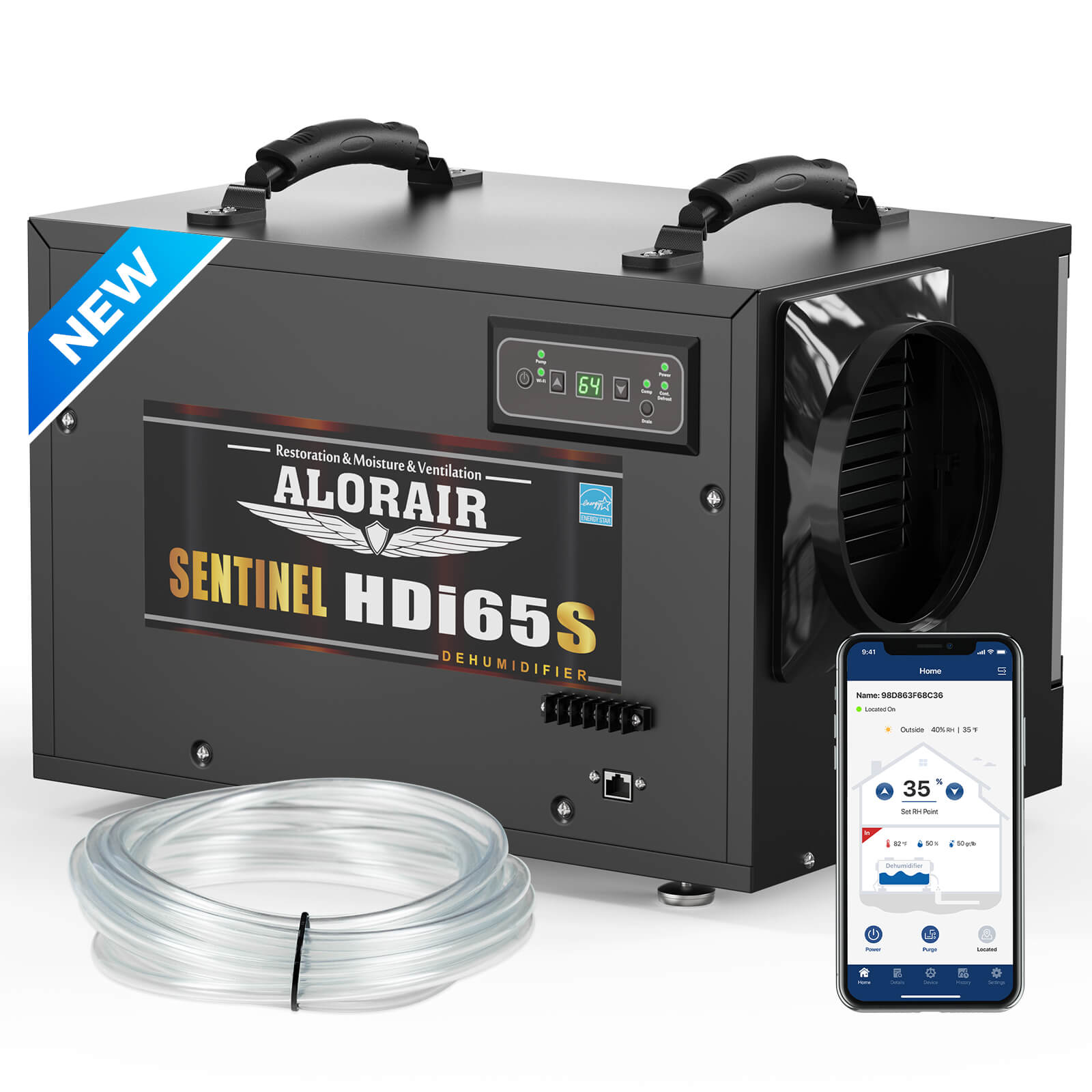
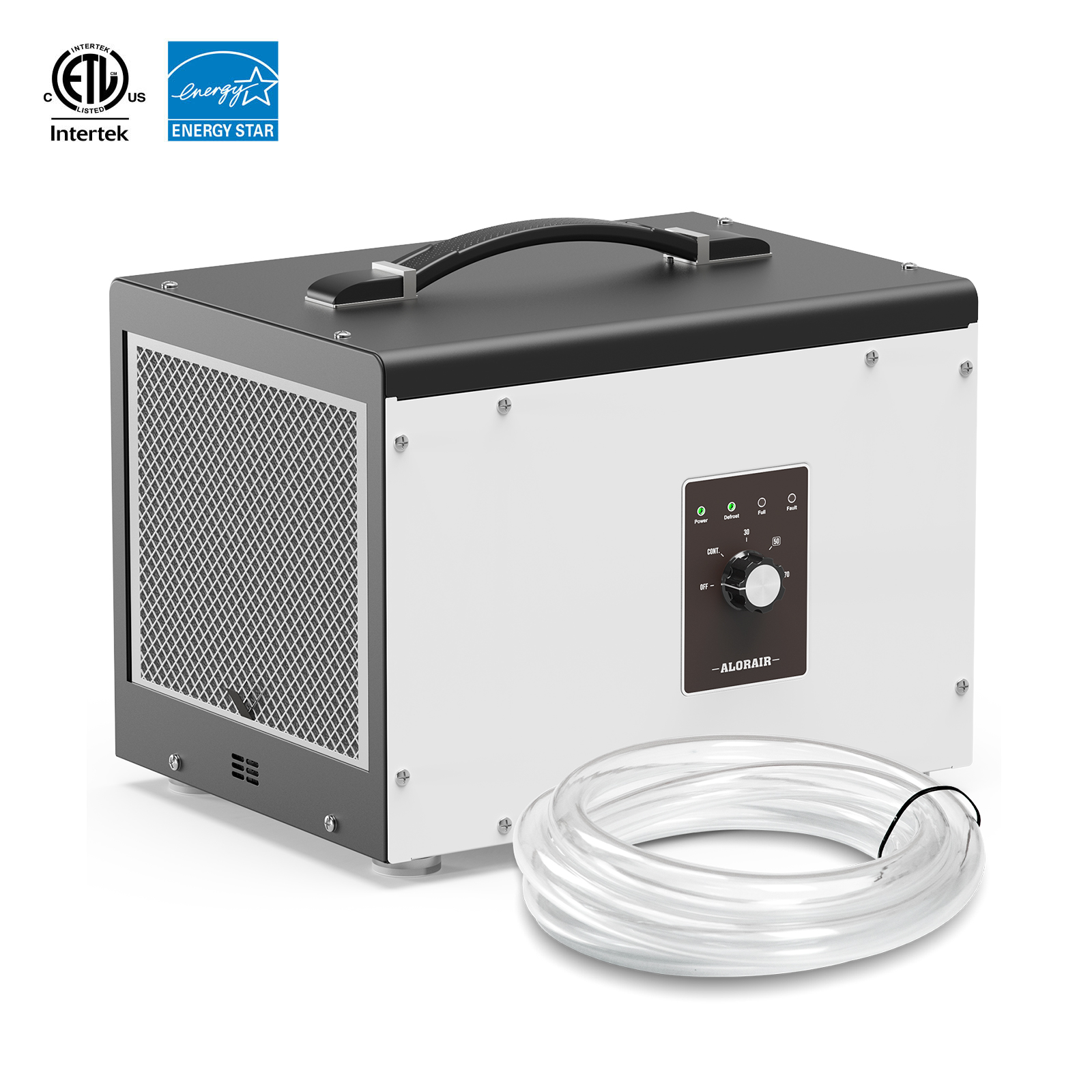
.jpg)
.jpg)

.jpg)
.jpg)
.HDi90.png)
.HD90.png)



.jpg)
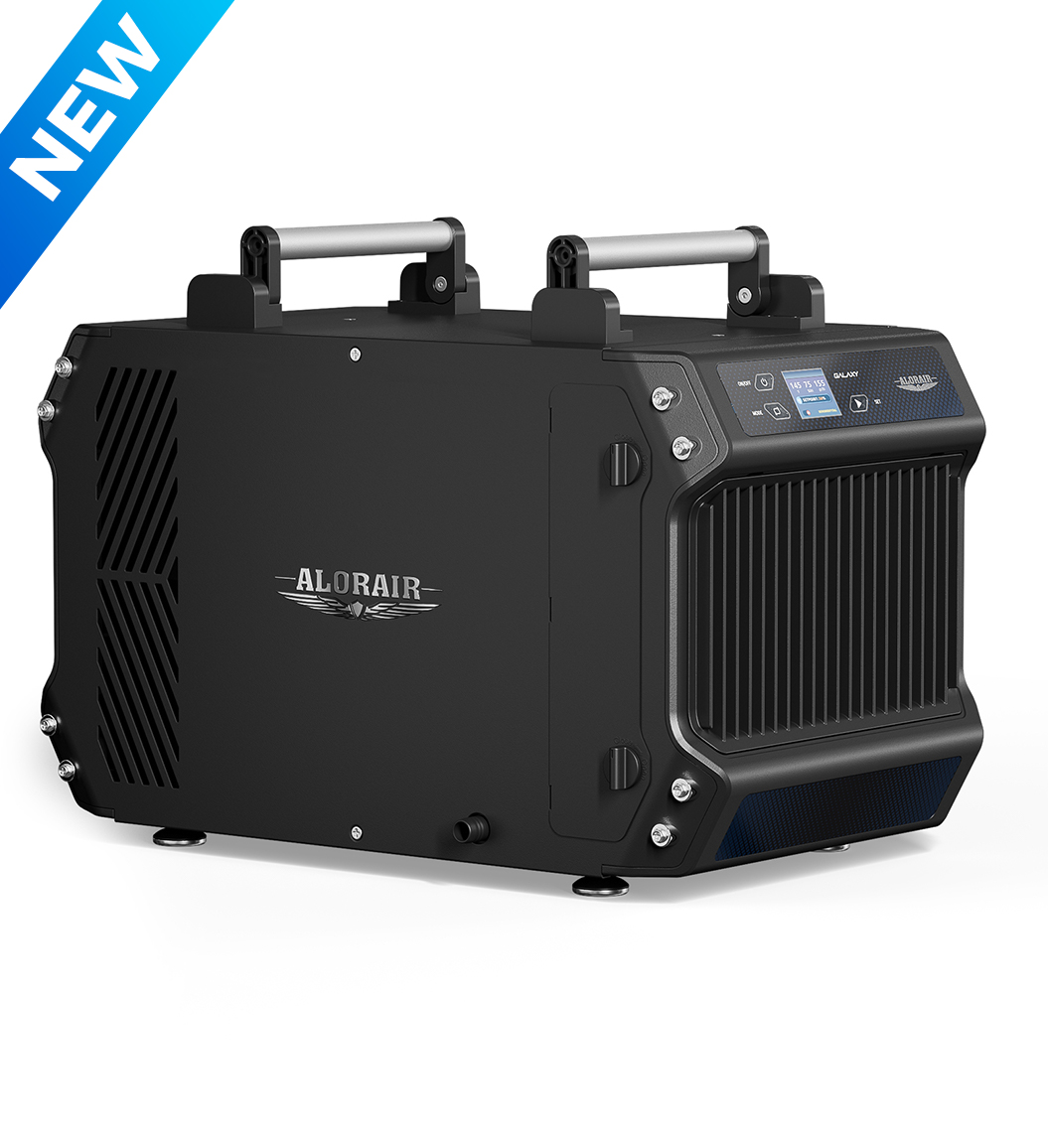
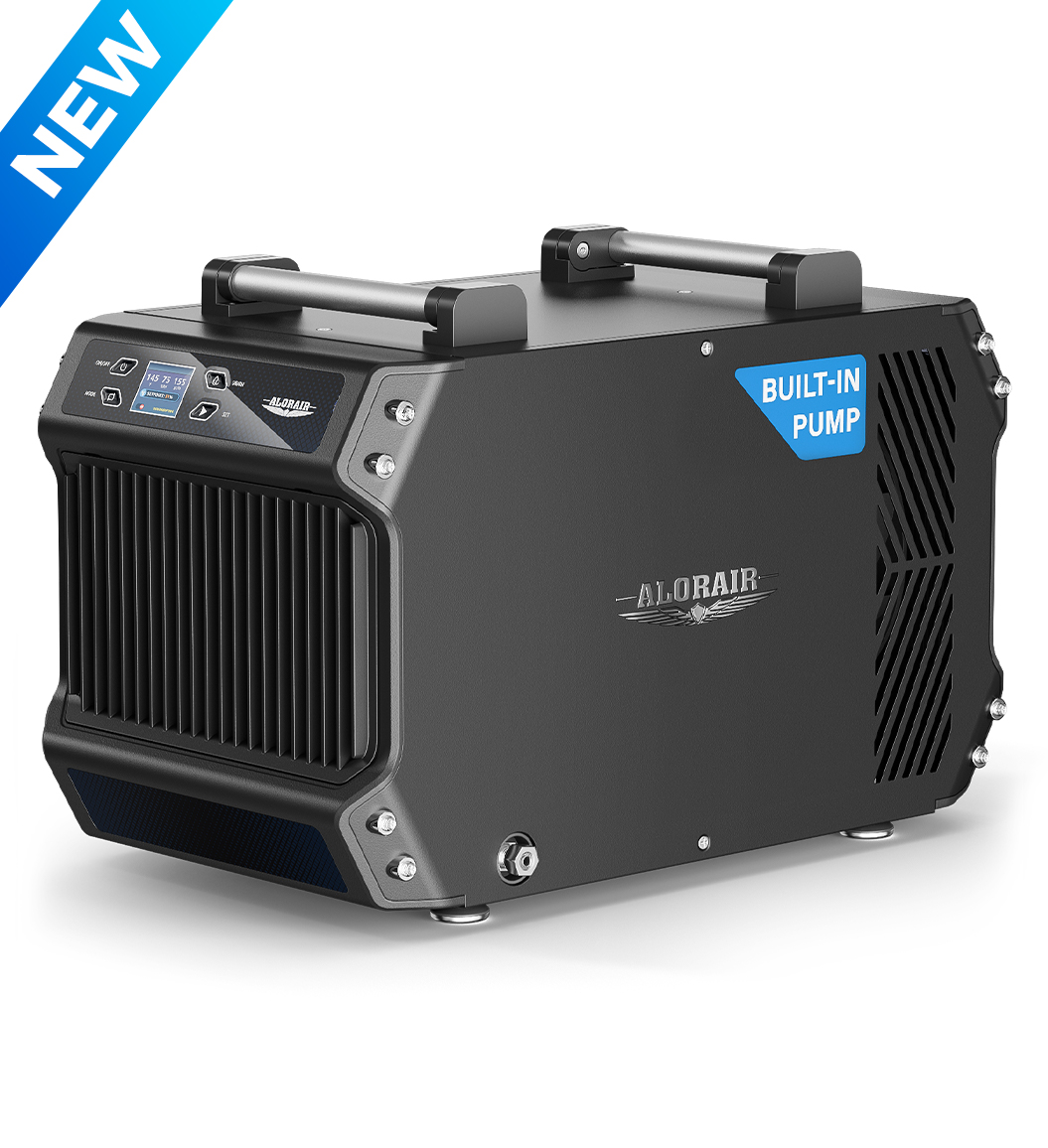




.jpg)
.jpg)
.jpg)
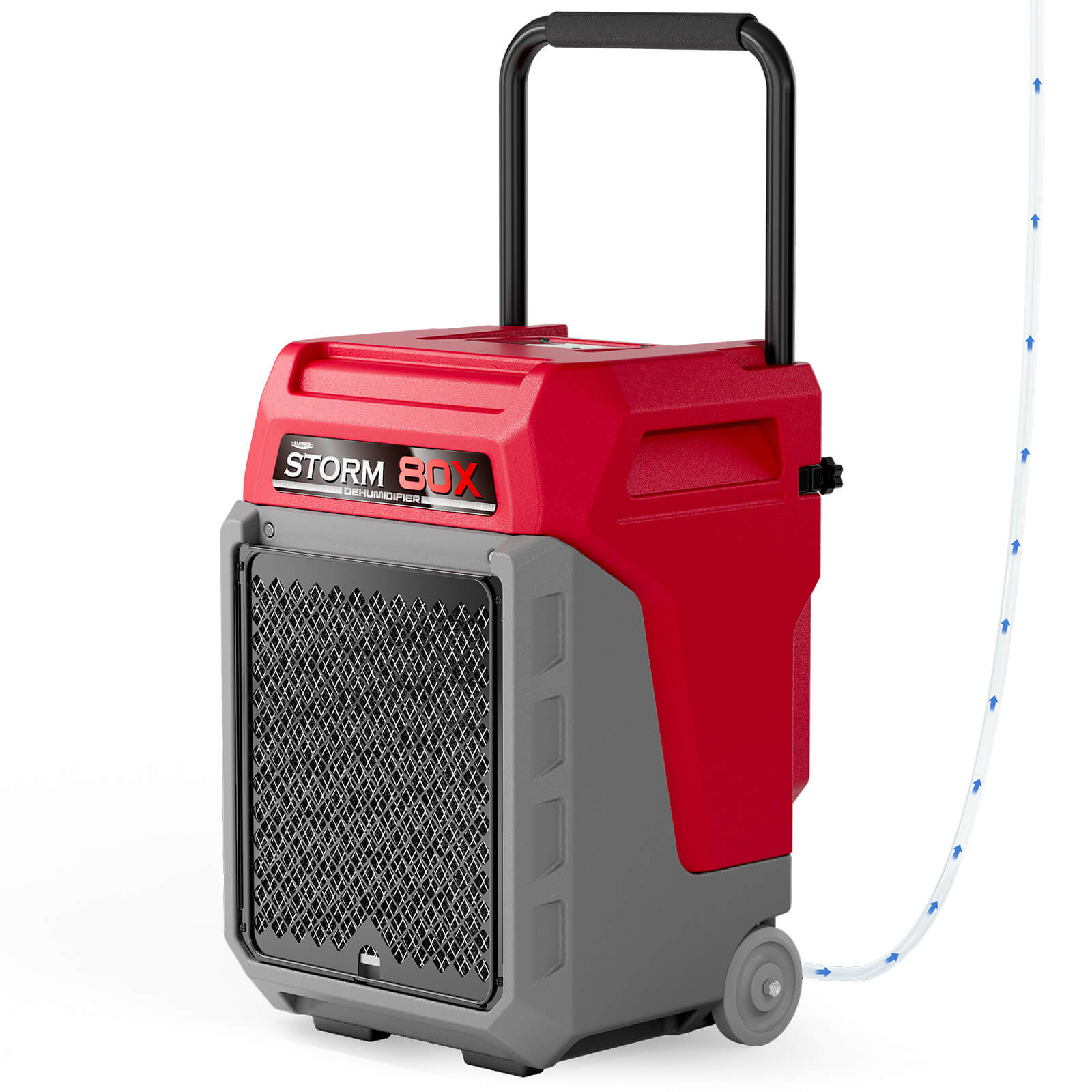


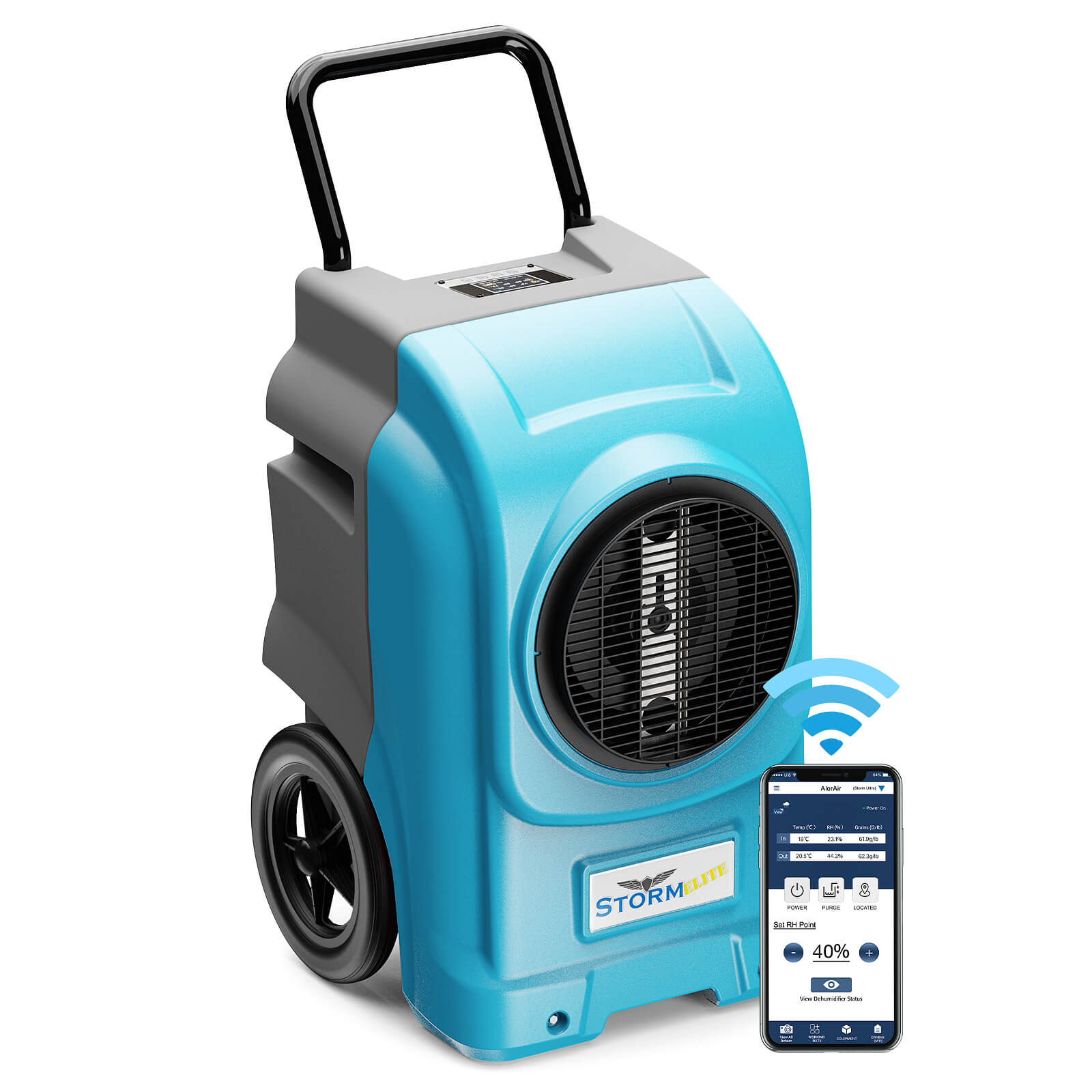

.jpg)
.jpg)
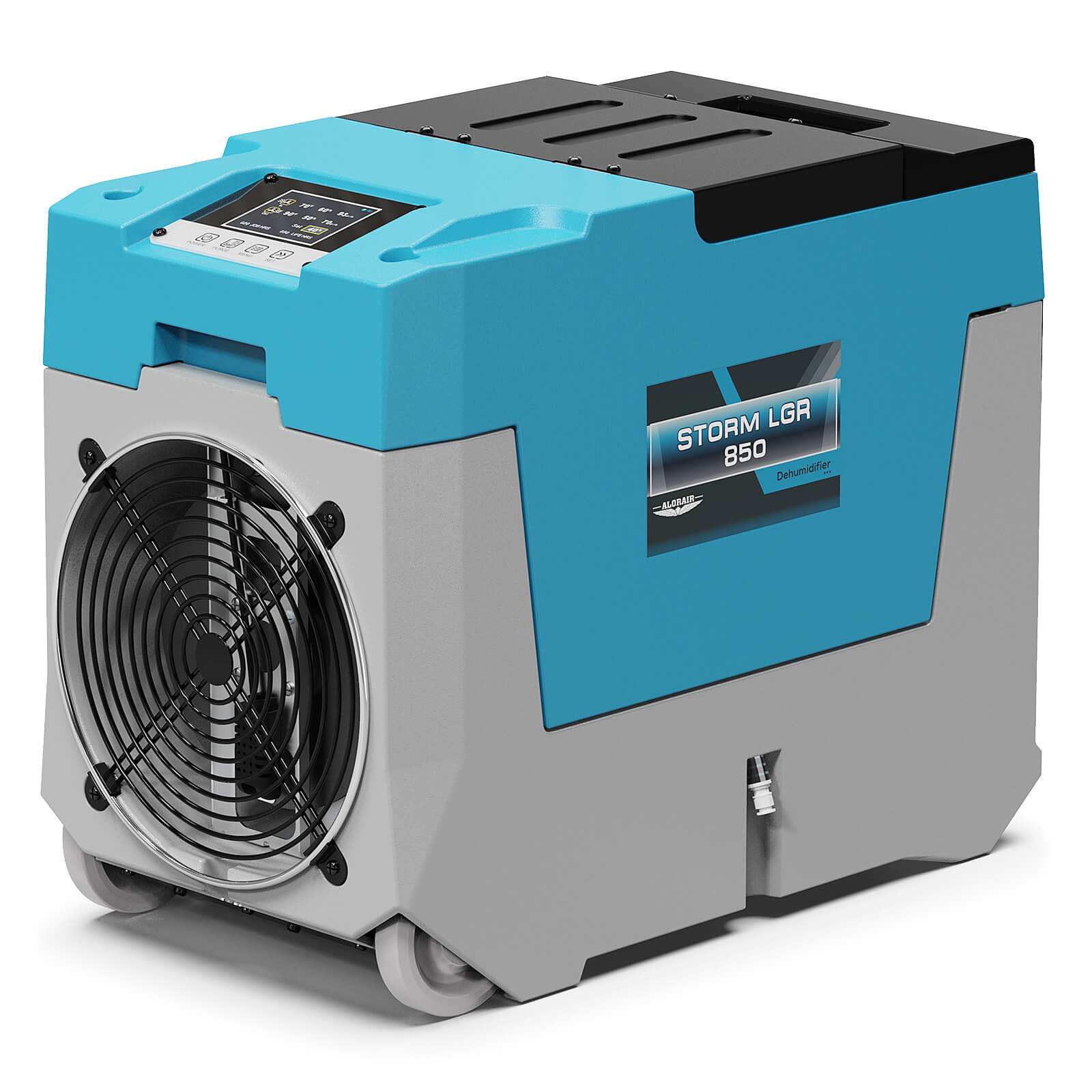

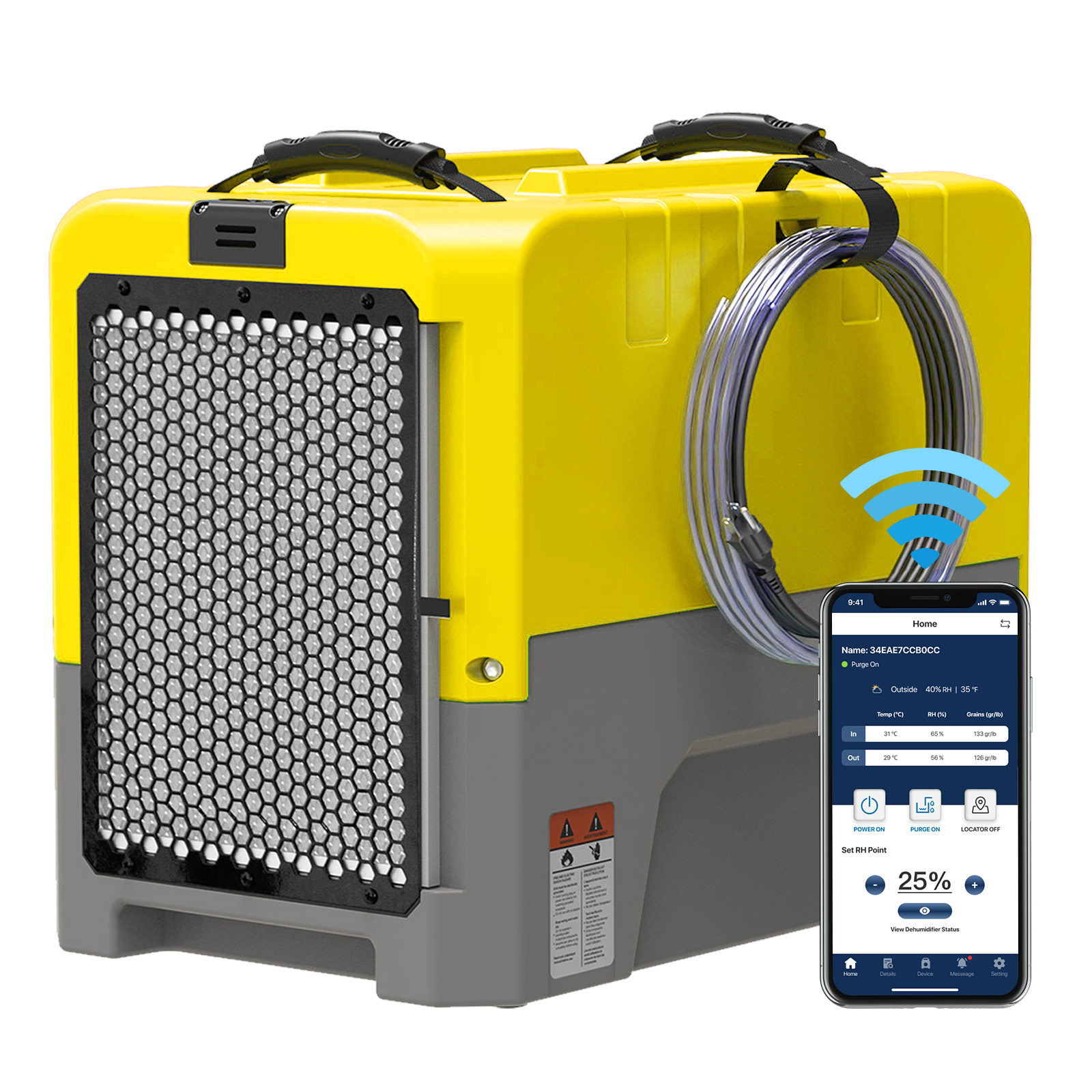








.jpg)
.jpg)








.jpg)
.jpg)










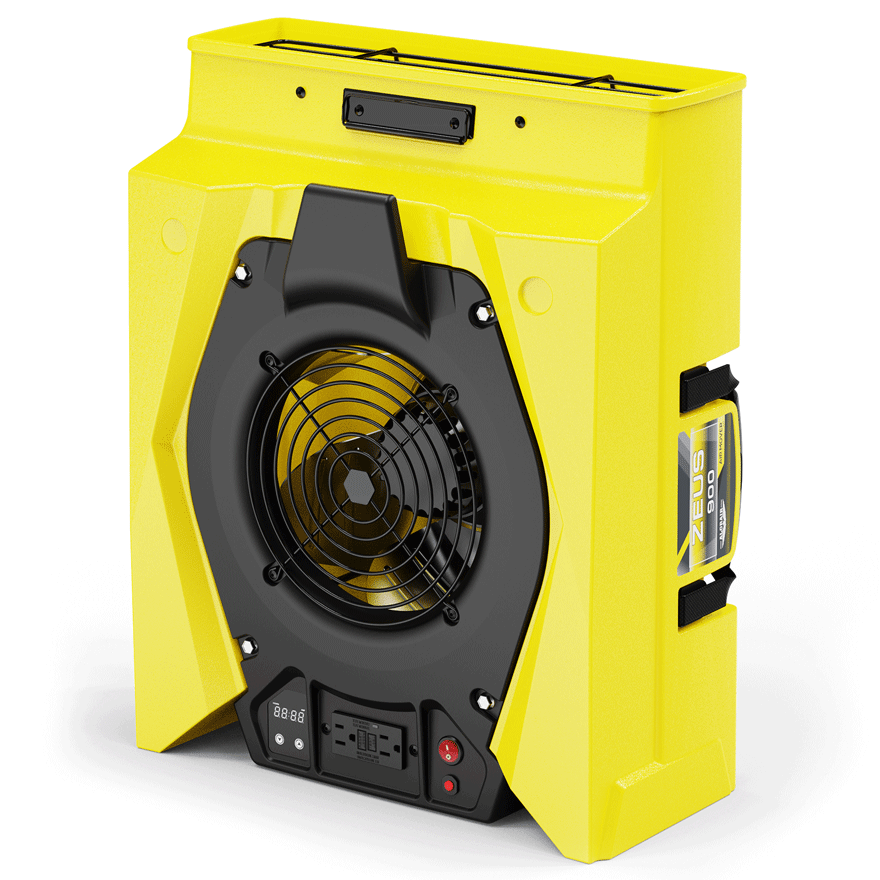
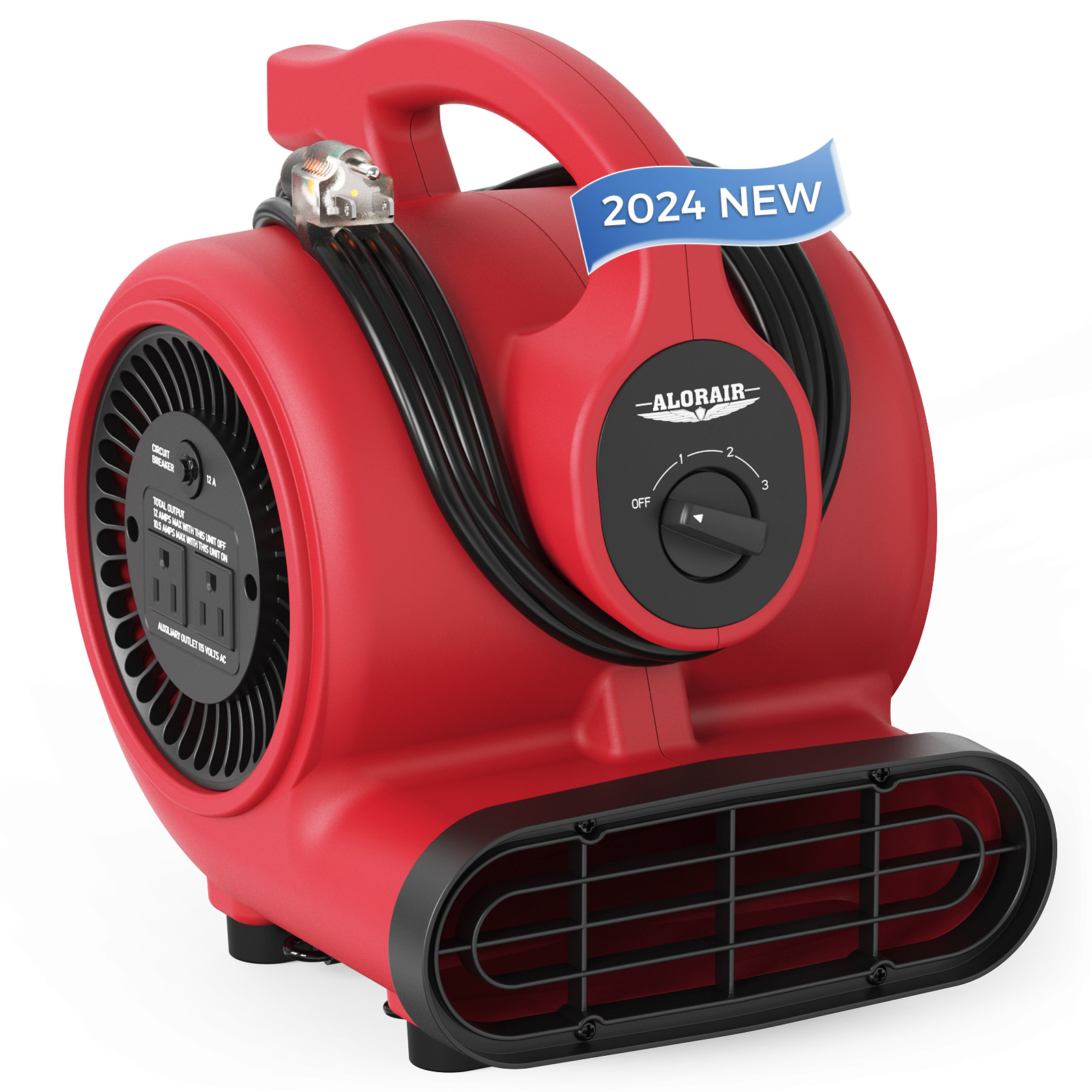
.jpg)
.jpg)
.jpg)
.jpg)
.jpg)
.jpg)
.jpg)
.jpg)
.jpg)
.jpg)
.jpg)
.jpg)
.jpg)
.jpg)





.jpg)
.jpg)
















-.jpg)
.jpg)

.jpg)
.jpg)



























 Exclusive offers
promotions
Exclusive offers
promotions

